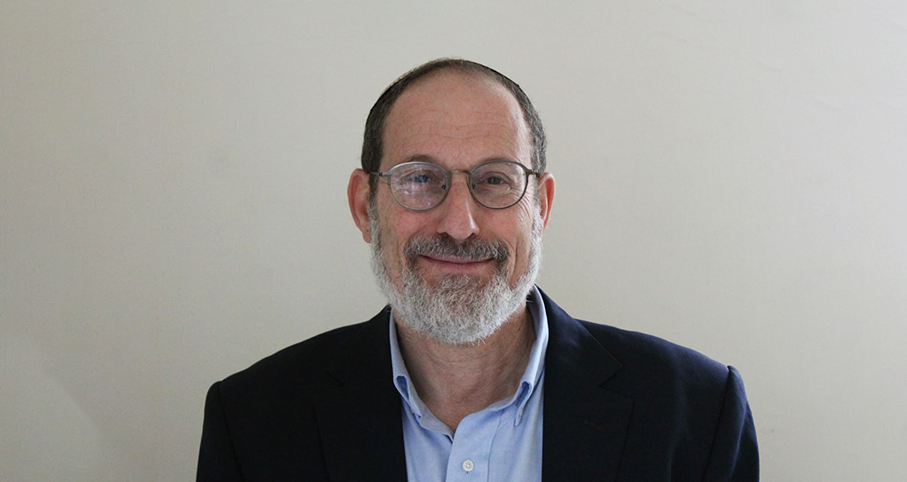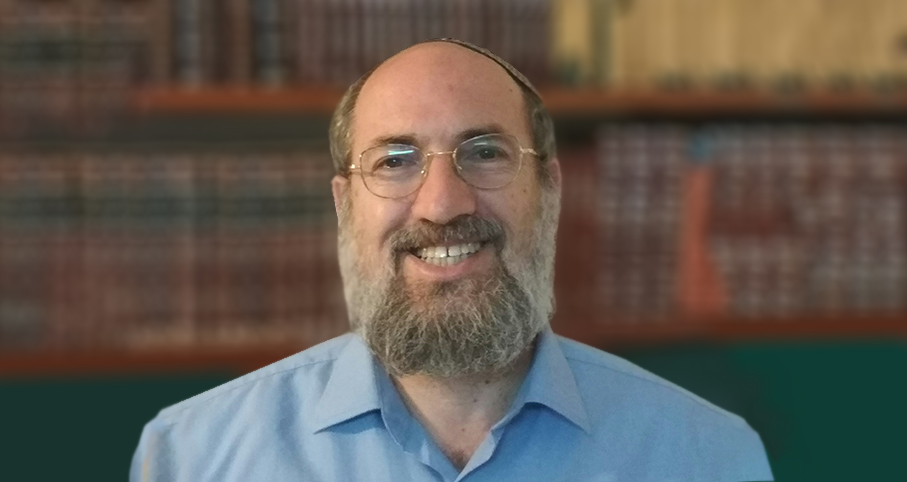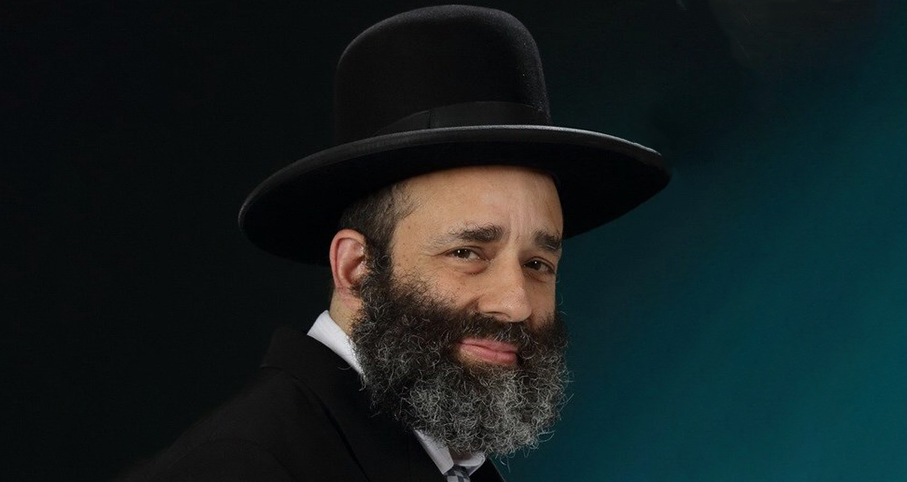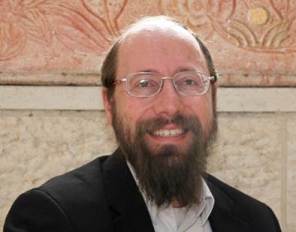Ask the Rabbi
- Family and Society
- Land of Israel
- General Questions
- Torah and Jewish Thought
- Torah Study
- Torah Teachings
Question
In reading the text of this week’s parasha, I’m puzzled by a number of elements regarding Avraham’s purchase of Machpelah:
If the land was promised to Avraham and his descendants, then why does the Torah teach that Avraham bought the cave of Machpelah in which to bury Sarah? Did Avraham doubt G-d’s promise? Or did Avraham not have the ability (military might, etc.) to convince the local peoples that the land was his? Or perhaps Avraham wanted to eliminate any doubts by conducting a formal purchase transaction? In any case, why does the text present this alternative method of acquiring the land?
I’m also puzzled by how the remaining patriarchs and matriarchs also came to be buried there. Where were Avraham, Yitzchak, Rivkah, Yaakov, and Leah living when they died, and how likely is it that their children would have brought their bodies back to Machpelah for burial? Was it practical, distance-wise? Were family burial plots typical at that time? And why is it that Yaakov’s bones were brought back from Egypt to be buried at Machpelah, but his beloved Rachel’s bones were not moved to be near him?
Finally, how is it that we know the exact location of Machpelah, but not of Mt. Sinai or Mt. Ararat? What is it about Machpelah that would keep it in our collective memory and national consciousness throughout our slavery in Egypt and allow us to find it upon our return from this and many subsequent exiles?
Thank you in advance for helping to clarify these issues for me.
Answer
Three places in Eretz Yisrael are listed in the Tanach as having been purchased in full by the Jewish People - the Cave of Machpela by Abraham, the field in Shechem by Yaacov, and the place of the Beit Hamikdash by King David. The Midrash teaches that the Gentile nations cannot in any way believe that they have claims to these three sites. The fact that these are perhaps the most fought over sites in Jewish history only proves that the claims of other nations to the Land of Israel are not rooted in any right (real or imagined) but in animosity to Israel and to the role Israel plays in the world.
Rachel was buried on the road to Efrat, "in exile" - ie. not in her natural place in Maarat Hamachpela. She pleads for the speedy restoration of the Jewish People as they too are sent into exile. The Maharal teaches that her attributes provide the core of unity that continues to bind the Jews even when they are in exile - the matriarch of Israel is with them even in exile uniting us all into one family.
Mt. Ararat and Mt. Sinai have no special religious significance. The site of Maarat Hamachpela on the other hand, as the burial place of the Avot and Imahot, was passed down from one generation to the next during the 210 years that Israel was in Egypt.

Yamit and Sinai
Rabbi Yoel Lieberman | Cheshvan 18, 5774

Our Capital and Our Monarchy Clarification
Rabbi Yoel Lieberman | Av 27, 5779

Zionism and the Shoah/Holocaust & Israelis believe in Israel
Rabbi Ari Shvat | Elul 27, 5778




